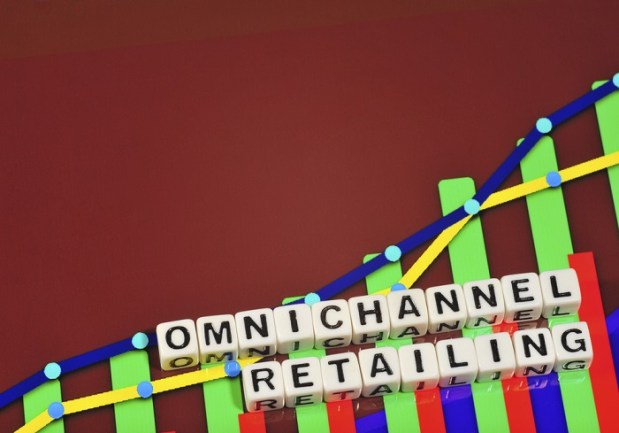Is Omnichannel Marketing Getting Ahead Of Consumers?

In retail, it’s always important to be one step ahead of the competition. Most of the time, this is a good thing – it drives funding for innovations in eCommerce technology, store design and everything else that creates a successful omnichannel strategy. Other times, though, retailers that put their heads down and plow through to the future risk leaving their most important audience – their customers – behind.
Though retail grocery isn’t usually thought of as an area of traditionally rapid innovation, David Crellin, head of online operations development at Sainsbury’s, spoke at the 2015 eDelivery conference about how his company has put time and resources into establishing an omnipresent footprint on every channel customers are likely to engage with the Sainsbury’s brand, Computer Weekly reported.
“We’ve got customers who are being offered loads and loads of stuff now, and a grocery online marketplace [where] we’ve got a fiercely competitive, fast-growth market,” Crellin said during a presentation at the conference.
However, Sainsbury’s rise to eCommerce prominence has also cause a bit of whiplash for consumers, Crellin noted, and it might be some time before the average Sainsbury’s customer truly knows what he or she wants out of omnichannel interactions with this or any brand.
“What we’ve got is a customer who has not yet learned what’s really important to them,” Crellin said. “And what we end up with is a load of competitors that have a place in the marketplace, who haven’t yet been able to do the [math] on what is really valuable to their customers, and how they can make money out of them.”
Crellin noted that Sainsbury’s was able to develop its omnichannel strategy so fast due to focusing on three key areas that most customers have come to expect stellar service in: affordable prices, a variety of product options and rapid fulfillment. However, determining what customers want from retail grocers online as opposed to in-store has called for a lot of trial and error from Crellin and Sainsbury’s.
As Tige Savage, partner at investment firm Revolution, told MIT’s Technology Review, this ceaseless march toward an omnichannel future can trip up retailers just as easily as customers. If merchants can’t control omnichannel strategies for their own aims and direct them toward specific goals, customers might be left in a sea of options with no clue what to do.
“Retail has become a blur,” Savage said. “And the blurring is 100 percent driven by technology. Are you at the store? Or is the store at you? And then there’s mobile, the store is in your pocket. The game is to satisfy demand wherever and whenever it is.”
Instead of bombarding customers with every possible service at every possible omnichannel interaction, Crellin explained that Sainsbury’s has opted to pursue value-added services like click-and-collect and drive-thru pick up instead. He noted that these particular solutions happen to work for Sainsbury’s and its customers, and that another retail grocer may not be able to copy their methods for equal success. If that’s truly the case, it may usher in a new level of personalization and consumer-focused adjustments in an increasingly flat omnichannel world.
“The Sainsbury’s answer is something that’s relevant to Sainsbury’s, it’s not necessarily relevant to Tesco, it’s not necessarily relevant to Waitrose, or to John Lewis or to anyone else,” Crellin said.
Retail tech is usually conceived of as something that reduces the complexity of market variables, but retailers that don’t try to focus their often unwieldy omnichannel strategies risk overwhelming consumers. By identifying and honing in on value propositions that mean something to customers – a la Sainsbury’s three omnichannel tenets – the expanding, sprawling world of retail tech innovations might become just a little more manageable for consumers.
